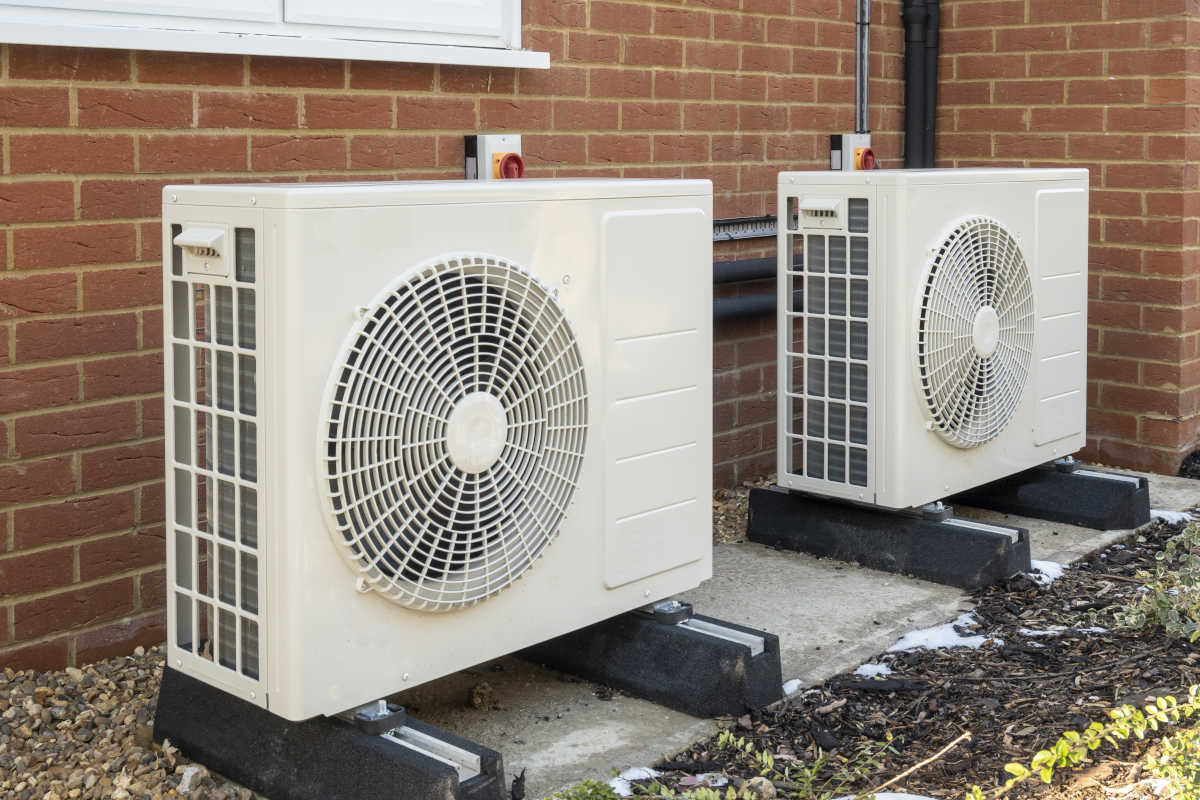When it comes to reliable heat pump installation in Corona, CA, Friends & Family HVAC is the trusted expert you can depend on. We specialize in providing top-quality heat pump installation services that enhance the comfort and energy efficiency of your home.
Call us today at (866) 482-2326 for professional heat pump installation with straightforward pricing.

At Friends & Family HVAC, we understand the importance of a well-functioning heating and cooling system, especially in the varying climate of Corona, CA. Our team of certified technicians is dedicated to delivering exceptional service, ensuring your new heat pump operates efficiently and effectively. With our straightforward pricing, you can trust that there are no hidden fees or unexpected costs—just honest, reliable service.
Expert Heat Pump Installation Services
Heat pumps are an excellent solution for both heating and cooling your home, offering energy efficiency and consistent comfort year-round. Our experienced technicians guide you through the entire process, from selecting the right heat pump to professional installation and post-installation support. We work with all major brands and models, ensuring you receive a system that meets your specific needs and budget.
Why Choose Friends & Family HVAC for Your Heat Pump Installation
Selecting the right company for your heat pump installation is crucial for optimal performance and longevity of your system. Here’s why homeowners in Corona, CA, trust Friends & Family HVAC:
- Certified and Experienced Technicians: Our team consists of highly trained professionals with extensive experience in heat pump installation.
- Personalized Solutions: We assess your home’s heating and cooling requirements to recommend the best heat pump tailored to your needs.
- Energy Efficiency: We prioritize energy-efficient systems that help reduce your utility bills while keeping your home comfortable.
- Excellent Customer Service: Your satisfaction is our top priority. We ensure clear communication and a hassle-free installation process.
- Straightforward Pricing: We provide transparent pricing with no hidden fees, so you know exactly what to expect.
Our Heat Pump Installation Process
Our comprehensive installation process ensures your new heat pump system is set up for optimal performance:
- Consultation and Assessment: We evaluate your home’s size, insulation, and heating and cooling needs to determine the most suitable heat pump.
- System Selection: Based on the assessment, we help you choose an energy-efficient heat pump that fits your budget.
- Professional Installation: Our technicians install the heat pump with precision, following industry best practices to ensure reliability and efficiency.
- Quality Assurance: After installation, we test the system thoroughly to confirm it operates correctly and meets all safety standards.
- Customer Education: We explain how to use your new heat pump system effectively and provide maintenance tips to extend its lifespan.
Benefits of Installing a Heat Pump
Investing in a heat pump offers numerous advantages:
- Year-Round Comfort: Heat pumps provide both heating and cooling, ensuring your home remains comfortable in all seasons.
- Energy Efficiency: Heat pumps are more energy-efficient than traditional HVAC systems, reducing your energy consumption and utility bills.
- Environmental Impact: By using less energy, heat pumps reduce your carbon footprint, contributing to a greener environment.
- Quiet Operation: Modern heat pumps operate quietly, enhancing the comfort of your living space.
- Increased Home Value: Upgrading to a heat pump can enhance your property’s value and appeal to potential buyers.
Serving Corona, CA, and Surrounding Areas
Friends & Family HVAC proudly serves homeowners in Corona and the surrounding communities. We understand the unique heating and cooling challenges in the local climate and are committed to providing solutions that keep your home comfortable year-round.
Maintenance and Aftercare Services
Our commitment to you doesn’t end after installation. We offer comprehensive maintenance plans to keep your heat pump system running smoothly. Regular maintenance helps prevent unexpected breakdowns and extends the life of your unit. Our technicians are available to provide ongoing support and answer any questions you may have.
Financing Options Available
We recognize that installing a new heat pump is a significant investment. To make it more accessible, we offer flexible financing options tailored to your budget. Our team can guide you through the financing process to find the best solution for your situation.
Emergency HVAC Services
In addition to installations, we provide emergency heating and cooling services. If you experience any issues with your system, our technicians are ready to assist you promptly, ensuring minimal disruption to your comfort.
Commitment to Quality and Customer Satisfaction
At Friends & Family HVAC, we are dedicated to delivering high-quality workmanship and exceptional customer service. Our goal is to build lasting relationships with our clients based on trust and reliability. We adhere to all local regulations and industry standards, ensuring your heat pump installation is performed safely and effectively.
Contact Friends & Family HVAC Today
Don’t let inefficient heating and cooling compromise your comfort. Trust the experts at Friends & Family HVAC for professional heat pump installation in Corona, CA.
Call us at (866) 482-2326 for professional heat pump installation with straightforward pricing.
By choosing Friends & Family HVAC, you’re investing in superior service and a heating and cooling system that will serve you efficiently for years to come. Contact us today to schedule a consultation and take the first step toward a more comfortable and energy-efficient home.
